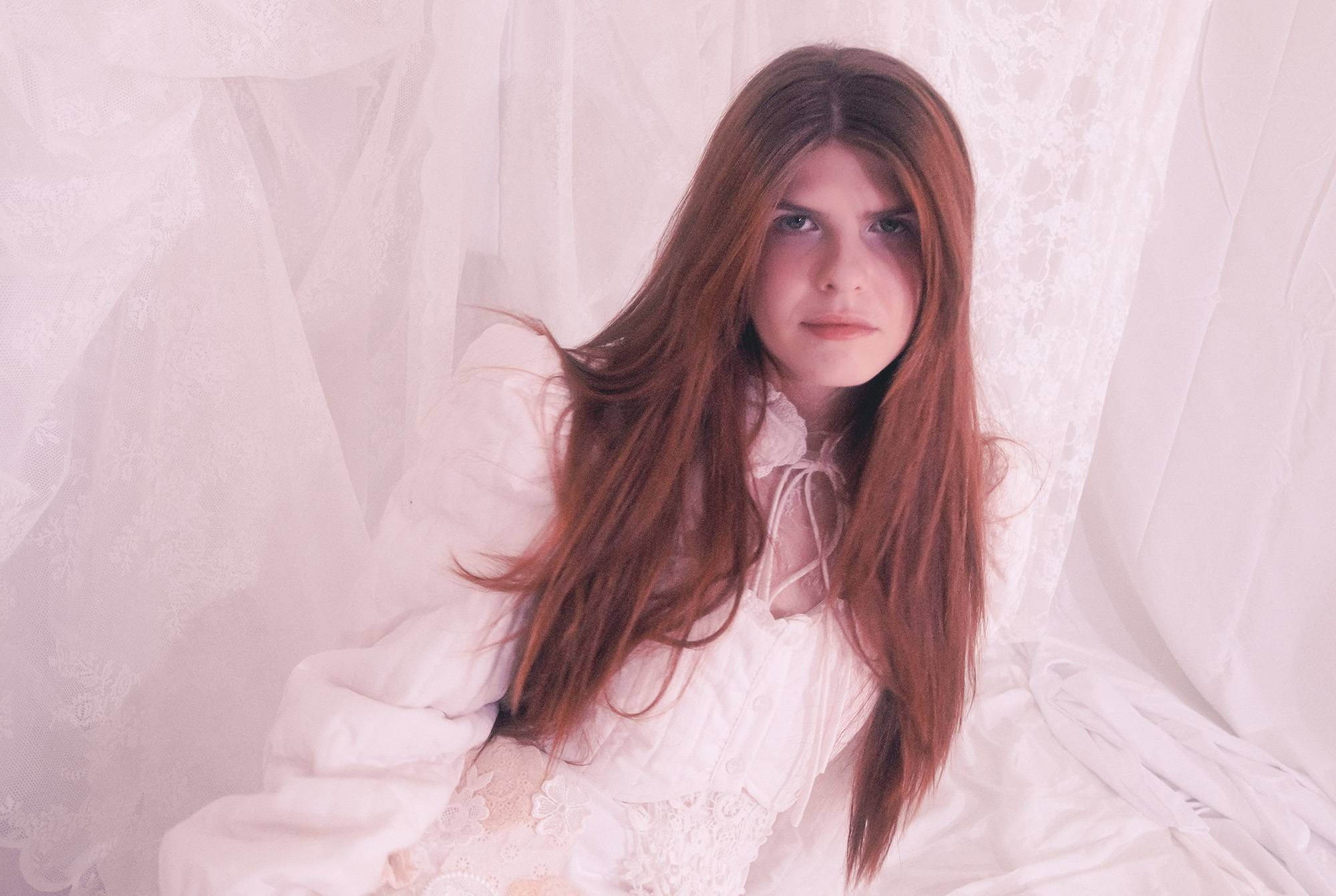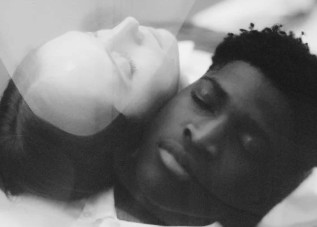Lin Manuel-Miranda’s Hamilton has taken the theater world by storm since its 2015 Broadway premiere.
A hip-hop musical about America’s founding fathers doesn’t sound immediately appealing, but Manuel-Miranda’s brilliant song writing and diverse casting not only captured the attention of audiences, but proved that major change is possible within an art form as encumbered by traditions as musical theater.
For most of us, being able to afford tickets to see the show in person has been a distant dream. Instead, we’ve obsessively listened to the cast recording, followed every new Hamilton performer on Instagram, and otherwise engaged with the show as much as possible without actually seeing it.
Finally, that’s all about to change. Disney+ is bumping up the release of its recording of the musical by over a year. Instead of the planned theatrical release set for October 15th, 2021, it’ll be out on July 3rd, 2020. That means we can all finally experience the glory of Aaron Burr’s wrath from the comfort of our social isolation.
With the acclaimed production finallu accessible to a wider audience, it’s worth reflecting on the cultural impact of the mega hit. Obviously, when a show has this kind of reach, criticism is inevitable. In 2016, it was the Hamilton casting notice that specified “people of color” that sparked controversy. Inevitably, people have also questioned the strength of Manuel-Miranda’s female characters.
Firstly, Hamilton does not pass the Bechdel test. If you aren’t unfamiliar with it, the Bechdel test was created by the comic artist and inspiration for the musical Fun Home, Alison Bechdel as a way to test a movie, TV show, or play. The test “…names the following three criteria: (1) it has to have at least two named women in it, who (2) talk to each other, about (3) something besides a man.”
Hamilton passes the first two criteria easily, though there are significantly fewer female characters than male (in fact only four named female characters compared to sixteen named male characters). These four female characters are the three Schuyler sisters—Angelica, Eliza, and Peggy—and Maria Reynolds, Alexander’s eventual mistress. Maria never speaks to another woman, making her irrelevant to the test. The sisters, despite having many interactions, never have a whole conversation without discussing their search for a man or, once they meet him, Hamilton himself.
Despite this, one could argue that the Bechdel test is an unfair assessment of the female characters in Hamilton, as well as period pieces in general, for the simple reason that the past was, well, incredibly sexist.
That being said, if you can change the telling of history enough to make Alexander Hamilton lay down a sick rap verse, can’t you change it enough to create some autonomous female characters? According to Marjorie Strachey in Women and the Modern Drama, “As regards women the modern drama has before it a magnificent and almost untouched field, for the position of women is, and has been for fifty years, in a state of transition…”
So if this is true, is there any excuse for Hamilton, arguably the most influential work of modern drama in recent years, not to explore this unexplored territory?
It’s worth noting that Miranda made it a priority to remain historically accurate in constructing his plot, so much so that Hamilton is being used as a means of historical education for grade school students. As unfortunate as it is, to make women any more involved in the life of Alexander Hamilton than they were would tarnish this historical accuracy.
Women during this time period were little more than property, to be bartered, used and exploited at the whim of whichever man’s influence they were under at that time in their life. It could be argued that the Schuyler sisters are fully fleshed characters with inner lives and desires; the fact that their desires largely center around men is a reflection of the time they lived in, not the depth or strength of these characters.
But, according to contributor James McMaster on HowlRound.com, the argument, “‘Well, this is just how things are back then!'” is inadequate. McMaster argues, “…It’s hard to accept such an explanation when black and brown men populate the stage…Given all the cross-racial casting, why was gender-bent casting beyond the musical’s imagination?”
But wouldn’t gender-bent casting rob the musical of the powerful ways it explores the gender division of the time period? A female Aaron Burr, for example, would tell an entirely different story. Aaron Burr and Hamilton’s tension comes largely from a clashing of specifically male egos.
That being said, according to Broadway World, Miranda stated that he is “open to the idea of gender bent casting”, particularly in the cases of Thomas Jefferson and George Washington, two characters without love interests or majorly important gender roles within the plot of the show.
Beyond the critique that there aren’t enough women in Hamilton, some find that the female characters Miranda did create are devoid of strength. The instance most cited in this argument is Eliza’s forgiveness of Hamilton after his very public infidelity (a historical fact). But couldn’t it be argued that it’s this very instance of grace that makes Eliza such a complex, strong female character?
The problem is that critics often look for female strength in the forms male strength might take, such as a lack of emotion, unwavering ambition, and a large presence. In Eliza, we are instead presented with a gentle woman who truly, deeply, loves her husband and has the courage to forgive him despite her anger. Is this not strength of a different, more delicate variety?
In the song “Burn,” we see Eliza reject Alexander and turn her back on their love, showing that despite many women of the day merely accepting the unfaithfulness of their husbands as the norm, Eliza will not. Eliza burns all of the letters she had exchanged with Hamilton, and as Michael Schulman points out in his article for the New Yorker, “The Women of ‘Hamilton'”: “…The song points to the larger problem of women’s history: the public records are thinner, the milieu is mostly domestic, and there’s more need for speculation.
What was Eliza really thinking? Was burning her letters the only act of personal agency she had left?” One forgiving interpretation is that this is Manuel-Miranda’s way of noting this lack of public records regarding women and acknowledging the way it inevitably affected his show.
One must also look at Eliza’s actions in the context of the entire plot. She abandons pride and refuses to hold grudges, something both Burr and Hamilton are unable to do, resulting in Hamilton’s ultimate demise. In that sense, isn’t Eliza the true protagonist of the show? In the closing scene, we hear about all of the many things she accomplishes before her death, things that Alexander was not able to accomplish because pride and manly bravado robbed him of his life.
Is her ability to forgive the very thing ultimately flaunted as what Hamilton was fundamentally missing— his fatal flaw? Eliza’s philanthropic accomplishments are cited as the culmination of the life of Alexander Hamilton, arguing that despite all his male pride, brilliant writing, and delusions of grandeur, the best work done by a Hamilton was that of his wife.
This argument would not be complete without mention of the other primary female character in the show: Angelica Schuyler. Angelica and Alexander connect on an intellectual level and are described as equals in all aspects. We hear about Angelica’s correspondence with many men of great power, showing that despite her power being limited by her gender, she asserts her mind as much as she can. Despite the special connection Angelica and Alexander share, Angelica concedes to the desires of her younger sister, giving her blessing to Alexander and Eliza’s marriage. She chooses her sister over him in this instance, and when she hears of his infidelity she rushes to her sister’s side to reject Hamilton entirely.
Angelica is a smart, powerful woman who is held back only by her gender, something she recognizes in the song “Satisfied,” by proclaiming, “I’m a girl in a world in which / My only job is to marry rich / My father has no sons / So I’m the one / Who has to social-climb for one …”
Finally, we must engage with the limits of the Bechdel test itself. Often, people take the Bechdel test as the deciding factor as to whether or not a work can be considered feminist, but that’s not necessarily true. For example, the 2015 movie 50 Shades of Grey passed the Bechdel test but is far from being a movie that represents women in a way that would make most feminists proud. In contrast, you can look at older works and see that they do not pass the Bechdel test either, but feature complex female characters.
Given all of this, one has to conclude that Manuel-Miranda actually did a fair job in creating complex female characters while maintaining historical accuracy in Hamilton. Of course, representation of women on stage is still sorely lacking, but of all the shows worth criticizing, it seems fair to conclude that the accusations of sexism have primarily been aimed at Hamilton because of its immense success.
None of this is to say that the Bechdel test isn’t a helpful and important way of criticizing art, particularly new works, and holding them accountable for the inadequate ways they incorporate women, especially in modern stories in which women are freed from many of the obligations they were burdened with in the past.
Perhaps the Bechdel test should be edited to stipulate that in works representing the past, female characters should be evaluated by their complexity and strength, despite their necessary attachment to men. Such a test might read as follows: “Are there two or more named female characters? Do they talk to each other about something other than men? If they do not, is it out of a desire for the approval of men, or for survival? If for survival, are they shown to have wants and desires outside of those surrounding men?”
In the case of Hamilton, the women’s discussion of men is not because they do not think of anything else or are too simple to conduct lives separate from men, but because it is a decided necessity to find a man in order to survive. Additionally, this is not where the character development ends, we learn a lot about both women’s desires and inner lives, making them real, multi-faceted human beings, anchored to men by their circumstances, not their inability to be independent.













